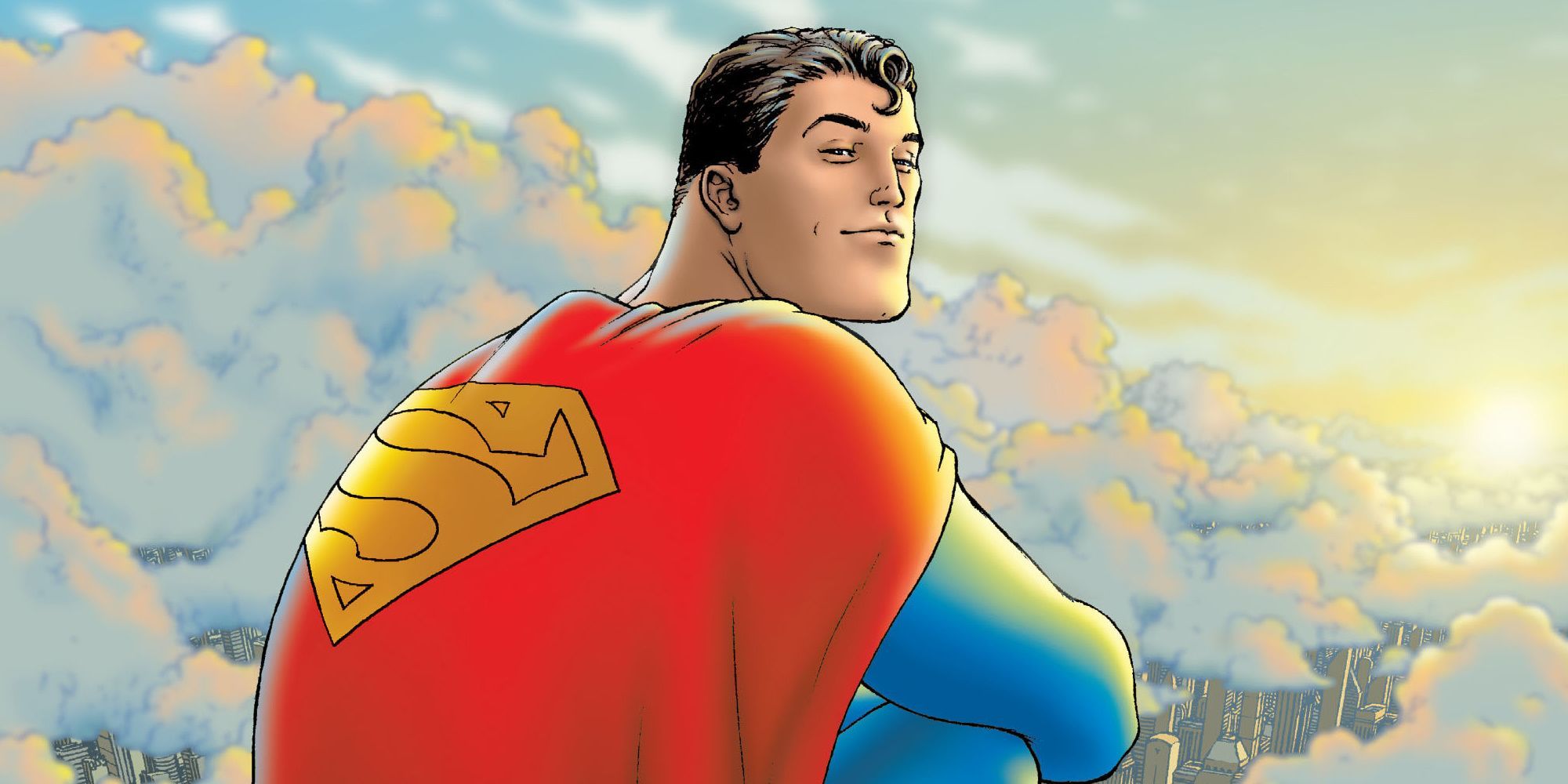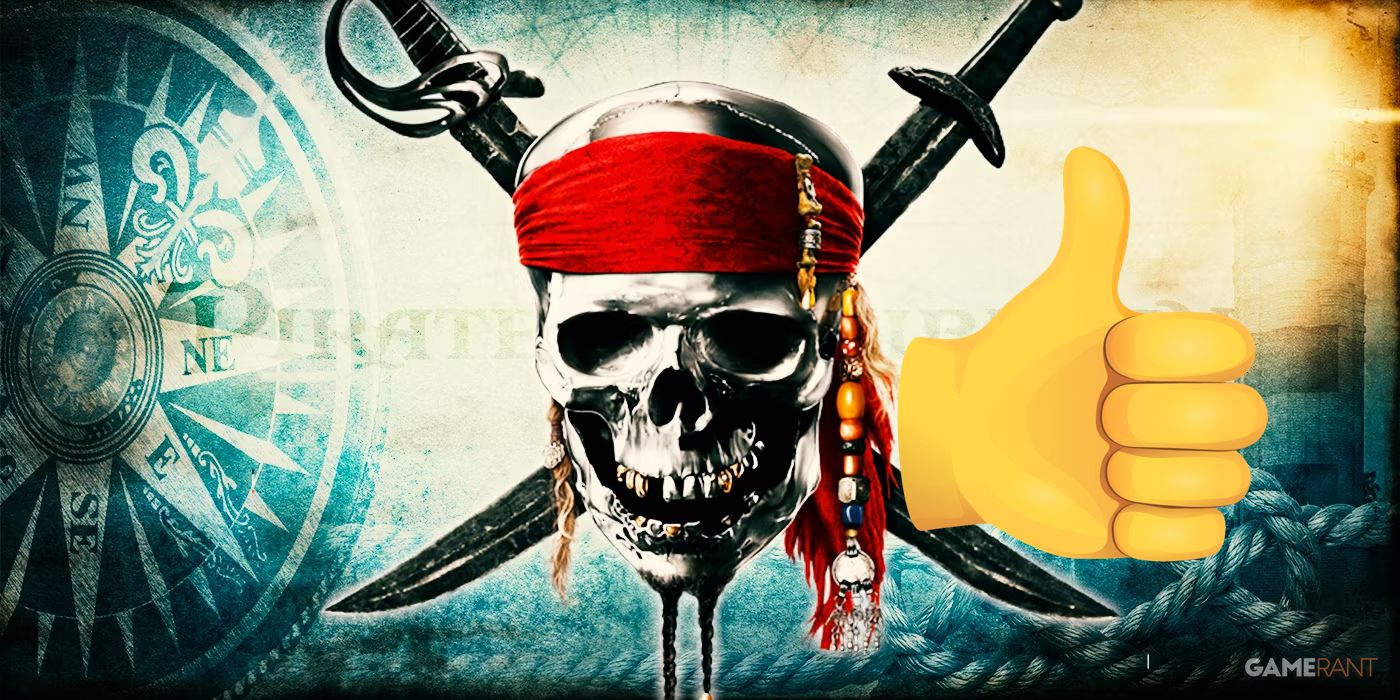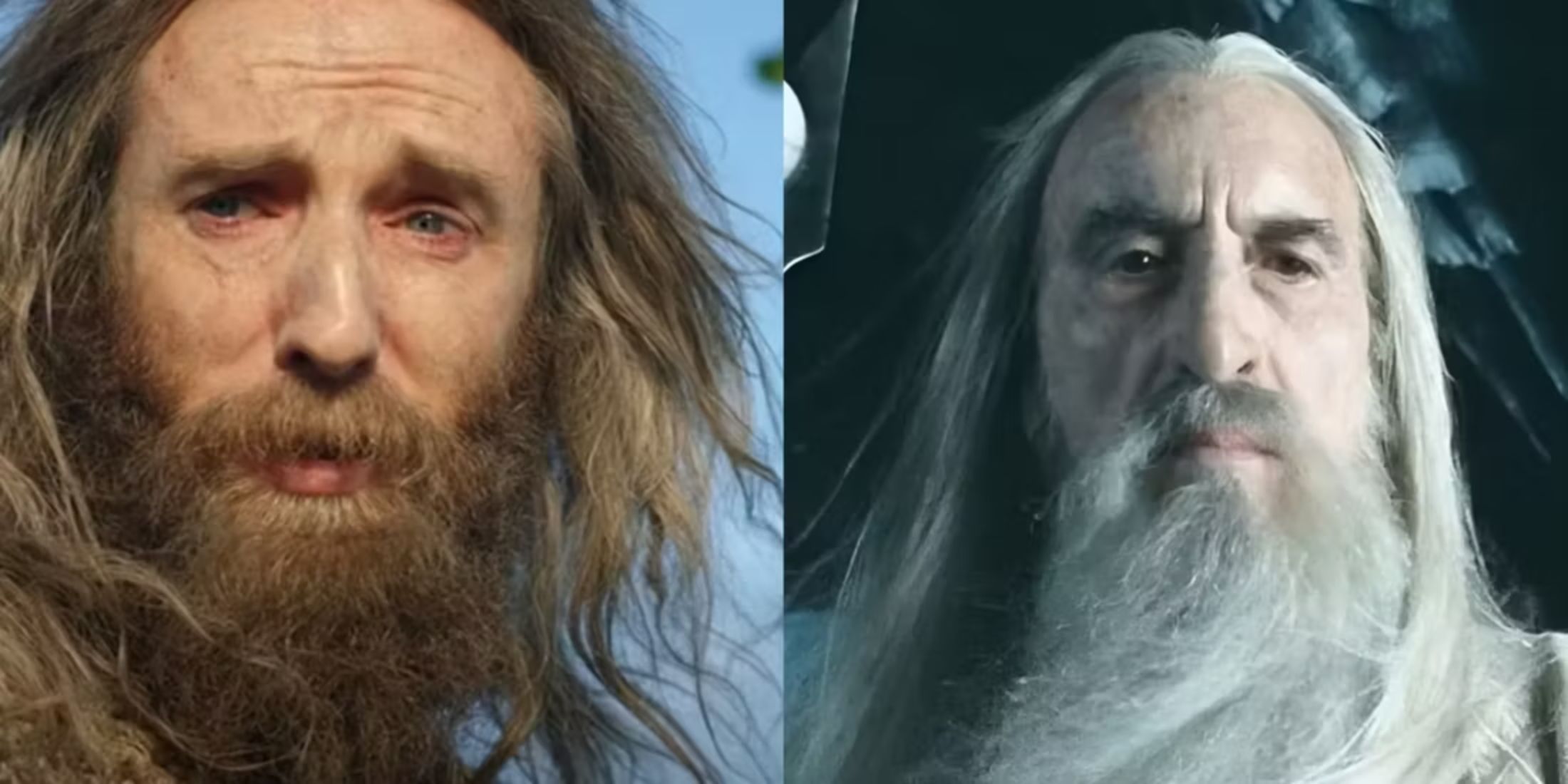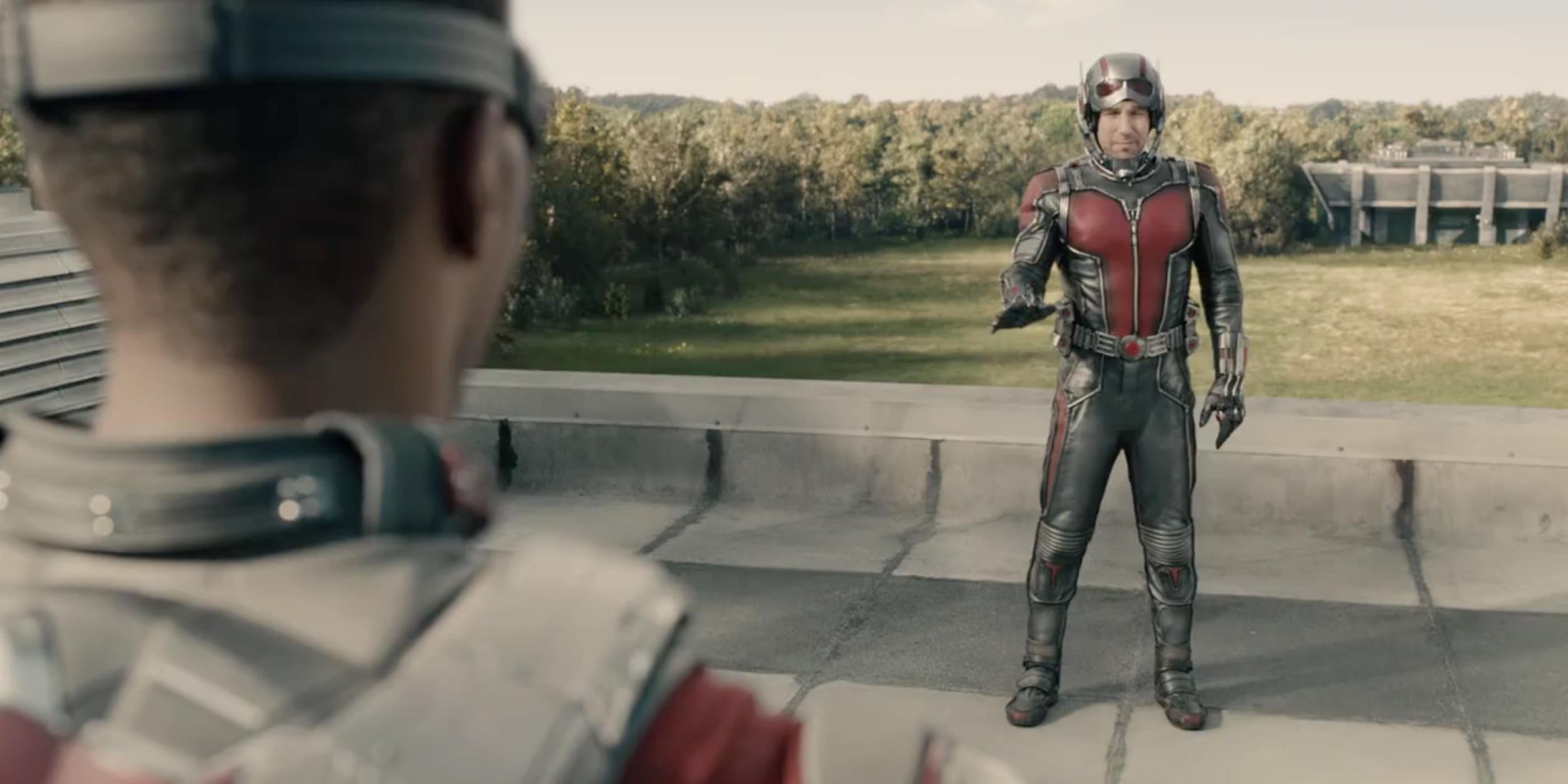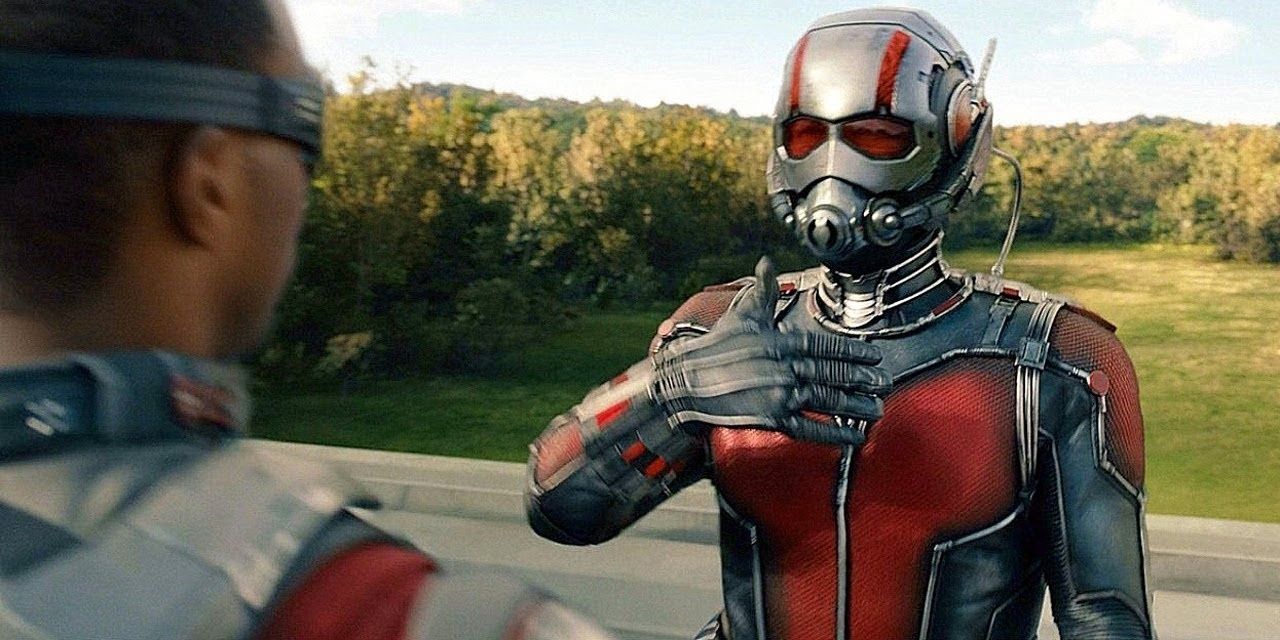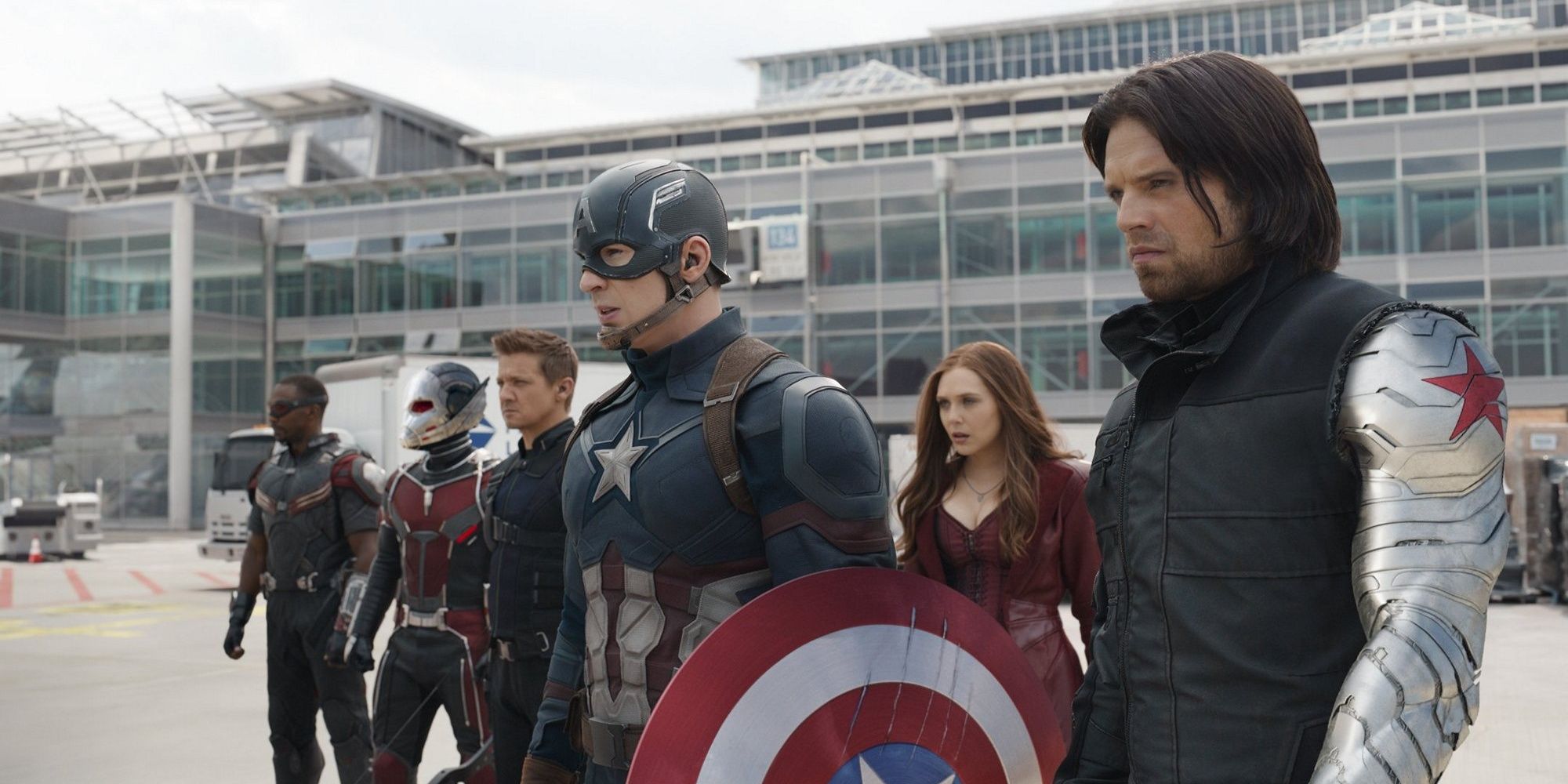The cinematic universe is a fancy title that describes a complex and long-winded method of building a franchise of marketable faces and names. That process is difficult, risky, and can often be clumsy or soulless, but the Marvel cinematic universe is one of the most successful iterations of this concept. Still, as more big box office draws fall under the same handful of studios, there is always the occasional pileup as ideas come together.
Ant-Man was a film that struggled with a number of big changes in production. Beloved filmmaker Edgar Wright stepped down from the project due to creative differences, leaving the film in creative limbo and earning the ire of many fans. The finished product is a mixed bag, but unfortunately, it also contains one of the worst moments in the massive empire's history.
Is Ant-Mananyone's favorite Marvel movie? Maybe, but it probably isn't anyone's least favorite. The one scene that makes it feel so much less than the sum of its parts isn't even particularly bad. It's a decent enough action scene with a few fine one-liners — standard fare for the MCU, but it's well-executed at least. The offending scene occurs around halfway through the piece. Scott Lang has been tasked with a superhuman heist, stealing the Yellowjacket suit from the film's villain. In preparation, former Ant-Man and genius inventor Hank Pym trains the thief to use his invention and take on his mantle. Pym breaks down his tragic backstory, warning Lang of the dangers of going too far. A viewer experienced in this type of film would assume the next plot beat, and would usually be right, but the format forces a detour first.
The film pumps the breaks on its story for a needless diversion, in which Scott Lang must take a tool from the Avengers to continue his quest. This scene quickly devolves into a fistfight with Sam Wilson, AKA The Falcon. The pair exchange comic barbs and throw down.
Falcon had just been introduced to the MCU the previous year in Captain America: The Winter Soldier. The scene is a naked attempt to remind the audience of a character the studio wanted to keep in the public eye and tie in the new character with the existing cast. There are very few tethers in Ant-Man — no other big-name superheroes pop up, and the film is considered the end of the MCU's second phase. It reeks of studio note, a scene that was not devised by a screenwriter or director but was ordered by a producer or a marketing team. This problem goes even deeper than the individual film.
Ant-Man was the final film of the MCU's Phase Two. The first film of Phase Three is Captain America: Civil War. Fans may remember Lang's role in that film, showing up very briefly only to disappear immediately after the big brawl. The entire narrative momentum of Ant-Man had to stop dead to keep eyes on a character from a different trilogy, which Ant-Man would only barely play a part in later. This is the perfect example of the MCU bending and breaking the pieces of art that could make up the tapestry to better fit the marketing strategy. None of it is poorly created, but all of it is so nakedly corporate that it distracts from the fun that the audience should be having. Savvy viewers can tell when a character is introduced to serve the narrative, and when one pops in as a poorly disguised trailer in the middle of someone else's movie.
Of course, everyone knows that the entire cinematic universe gimmick primarily exists to promote exponentially larger and larger blockbusters. The worst moments of franchise media are those that fail to disguise, and indeed reinforce, that unfortunate truth. Marvel is a dominating force of cultural hegemony, everything that isn't just like it either bends around it or loses money. New and interesting things still come out, some of them even with the Marvel brand behind them, but the worst excesses of the medium are always just under the surface. There's no particular difference between an interconnected film empire and one that keeps all of its billion-dollar franchises separate, other than the need to narratively justify itself. This Ant-Man/Falcon fight scene is a well-shot example of the problem with the entire cinematic universe model.
It's probably unfair to speculate about the exact reason why Edgar Wright left the Ant-Man project. He was a longtime fan who'd been trying to make the film for years before the MCU even began planting seeds. It's hard to know for certain, but a demand from on high to shove in a totally unnecessary scene to promote an entirely unrelated character might be the kind of thing that sours a director on a project. Fans will never get to see what Edgar Wright could have done with the ideas that clearly inspired him. Nor will they know how many other great ideas in their favorite franchise were sacrificed on the altar of tasteless cyclical self-promotion.

